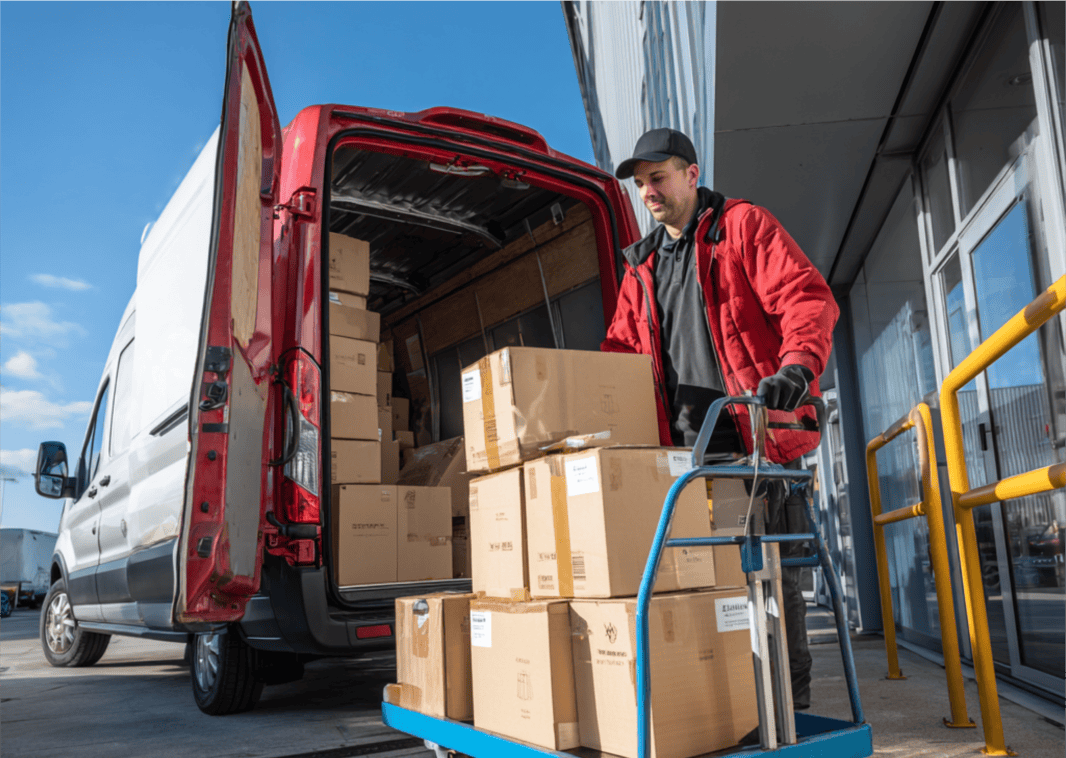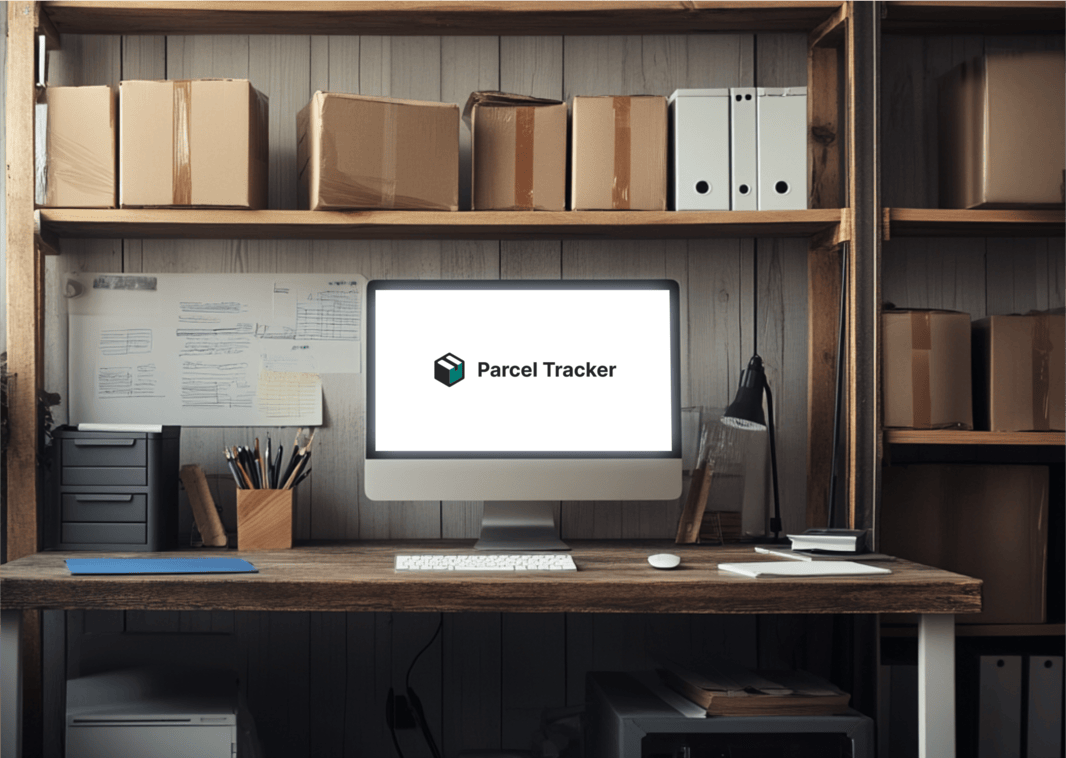What are Campus Mailroom Services?

Campus mailroom services or campus mail services are a dedicated department within a university or college that handles the reception, sorting, and delivery of mail and packages for students, faculty, and staff. They provide a secure and efficient system for managing the high volume of correspondence and parcels that arrive daily for a campus community.
The role of these services has become increasingly critical due to the rise of e-commerce. For instance, Stanford University's package volume has grown to over 500,000 packages per year, a testament to the immense challenge faced by modern campus mailrooms. This massive influx, especially during peak times like move-in week, has made campus mailrooms a central point for logistics and security.
How Campus Mail Services Work?
The operation of campus mail services is a multi-step process designed for maximum parcel management efficiency.
- Receiving: The mail service receives all incoming mail and packages from major carriers like USPS, FedEx, UPS, and DHL. This includes letters, postcards, magazines, and a significant volume of e-commerce packages.
- Processing and Sorting: Upon arrival, trained staff sort the mail and packages. Letters are typically sorted by individual mailbox number or residential hall, while packages are logged into a tracking system. This system is crucial for notifying students when their items are ready for pickup.
- Notification: Once a package is sorted and logged, the system automatically sends a notification to the recipient. This is often an email or an SMS message with a unique tracking number, instructing the individual to pick up their package.
- Pickup: Recipients retrieve their items from a central mailroom or a designated pickup location, often requiring a student ID or a specific code for verification. This ensures secure delivery and prevents items from being lost or stolen.
- Outgoing Mail: Campus mail services also handle outgoing mail. Students and staff can drop off letters and packages, which the service then processes and sends out through the appropriate postal carrier. Some services also offer postage sales and shipping assistance.

Who Uses Campus Mail Services?
- Students: The most frequent users, receiving everything from care packages from home to textbooks and online orders.
- Faculty: Receiving academic journals, professional correspondence, and research materials.
- Staff and Administrative Departments: Handling inter-departmental mail, official documents, and administrative correspondence.
What are the Benefits of Campus Mailroom Services?
Campus mail services are a vital part of university infrastructure.
- Security: By centralizing package delivery, these services provide a secure environment, drastically reducing the risk of theft or damage to personal items. This is particularly important in large residential halls where packages might otherwise be left in unsecured common areas.
- Efficiency: The system streamlines the delivery process, preventing carriers from having to navigate complex campus layouts to find individual dorms or offices. This centralization saves time for both the carriers and the campus community.
- Convenience: For students and faculty, having a single, reliable point for all mail and packages simplifies their lives. They don't have to worry about missing a delivery or coordinating with a carrier.
- Logistics Management: For the university, it provides a crucial logistical tool for managing internal mail between departments, distributing official documents, and handling mass mailings to students.
The Importance of Campus Mail Services

Campus mail services are the unsung heroes in providing a critical and secure link for communication and commerce within the academic community. They are an essential part of the campus experience, ensuring that everything from a simple letter to a much-anticipated care package finds its way home.
Modern solutions like a mailroom management software from Parcel Tracker are increasingly vital in campus mail services. It can automate key tasks and provide a centralized system for handling the massive volume of deliveries.






